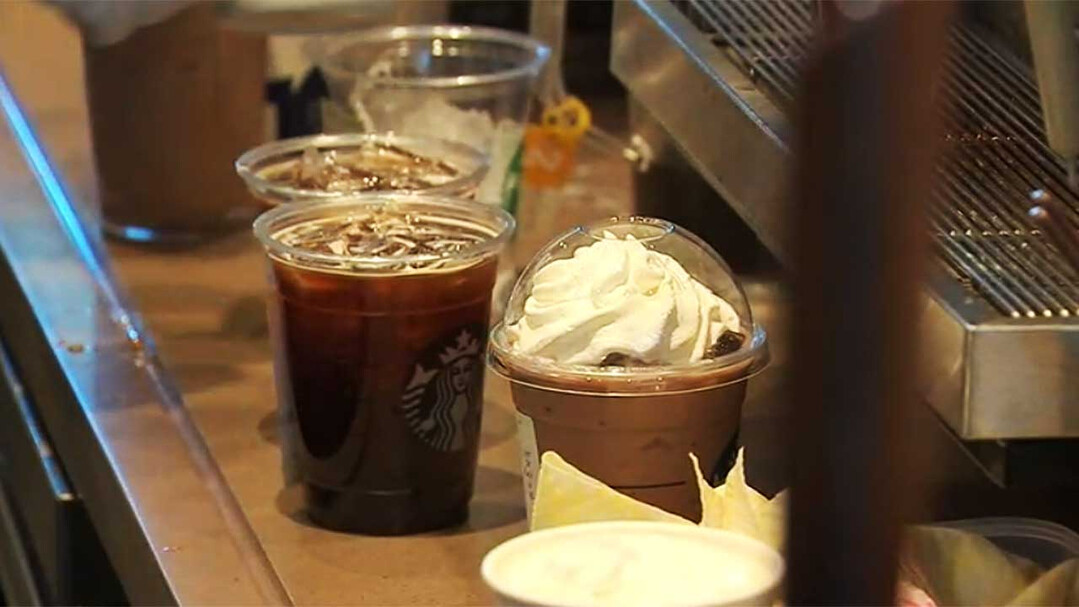
SEOUL, South Korea - New data released by South Korea's National Tax Service reveals a stark contrast in the survival rates of various small businesses in the country. An analysis of the top 100 daily life industries over a five-year period (2019-2023) indicates that service-oriented businesses like beauty salons, pensions (bed and breakfasts), and convenience stores demonstrate remarkable resilience, with over 90% surviving their first year. Conversely, retail sectors such as mail-order businesses and cosmetics stores face significant challenges, with roughly 30% and 26% respectively shuttering within the same timeframe.
The study highlights the critical first year for startups, with the overall one-year survival rate fluctuating slightly but remaining around the high 70% range throughout the examined period (77.8% in 2019 to 77.9% in 2023). While this suggests a generally robust initial phase for many ventures, the longer-term outlook presents a more sobering picture. Three-year survival rates in 2023 stood at 53.8%, dropping further to 39.6% for businesses operating for five years. This five-year figure implies that nearly six out of ten businesses established in 2019 had ceased operations by 2023.
A deeper dive into the top 20 industries with the highest number of new entrants reveals the dominance of the aforementioned resilient sectors. Beauty salons led the pack with a 91.1% one-year survival rate, closely followed by pensions/guesthouses (90.8%) and convenience stores (90.3%). This success can be attributed to factors such as strong local demand, the necessity of in-person services (for salons and lodging), and the convenience and wide appeal of convenience stores.
On the other end of the spectrum, mail-order businesses (69.8%) and cosmetics stores (74.2%) exhibited significantly lower one-year survival rates, suggesting the intense competition and potentially lower barriers to entry in the online retail and beauty product markets. Grocery stores also faced a relatively lower survival rate at 77.3%.
The trend of beauty salons' resilience continued over a longer period. Their three-year survival rate topped the list at 73.4% among the top 20 industries, with pensions/guesthouses (73.1%) and private academies (70.1%) also demonstrating strong longevity. In contrast, mail-order businesses (45.7%), snack bars (46.6%), and fast food restaurants (46.8%) struggled to maintain operations beyond three years. The average three-year survival rate across all 100 daily life industries was 53.8%.
Analyzing survival rates by age group within the top 20 industries provided further insights. For entrepreneurs under 40, beauty salons showed the highest three-year survival rate at 73.9%, while snack bars had the lowest at 41.9%. Among those aged 40 to under 60, pensions/guesthouses led with a 73.8% survival rate, and pubs/bars faced the greatest challenge at 46.7%. This suggests that different business types may appeal to and succeed for different age demographics.
Even within common neighborhood businesses, survival rates varied. Bakeries demonstrated the highest three-year survival rate at 58.5% among coffee/beverage shops (53.2%), pizza/hamburger restaurants (51.0%), and chicken restaurants (45.4%). This highlights the distinct market dynamics and competitive landscapes even within seemingly similar local commercial sectors.
These statistics underscore the varying levels of risk and potential longevity associated with different types of small businesses in South Korea. While some sectors benefit from consistent demand and inherent service requirements, others face intense competition and evolving consumer preferences, leading to higher closure rates. Aspiring entrepreneurs would be wise to consider these trends when making decisions about their ventures.
[Copyright (c) Global Economic Times. All Rights Reserved.]






























